I believe as an equestrian it’s always important to keep an eye on your horse’s legs, especially during a busy competition season. So here we share our Top 6 Tips for Caring for your Horse’s Legs during day to day exercise and a busy Competition Season.
Know Your Horse’s Legs
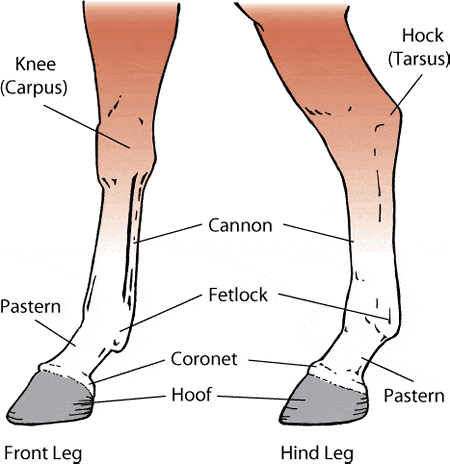
I always like to have a baseline reading when it comes to my horse’s legs. Every morning, when mucking out or prior to exercise, I will do a quick check of my horses.
If they are resting a foreleg, it can indicate lameness, unless they are resting it as part of a diagonal pair.
Then I will run my hands over my horse’s legs, and feel for any heat. Over the years I have found that occasionally some horses will have slightly warmer legs than others, so I like to have a baseline reading for all my horses, so at the first sign of a problem, I am able to address it before it becomes a major Issue.

So if you don’t do this already, get in the habit of checking your horse every day, running your hands down your horse’s legs in the morning, check for difference in temperature, swelling, etc, I include all 4 hooves in my check also. NB* Your horse’s legs will generally be warmer in warmer weather, so by checking daily you are certain to pick up at the onset of any problems.
2 Regular Farrier Visits.
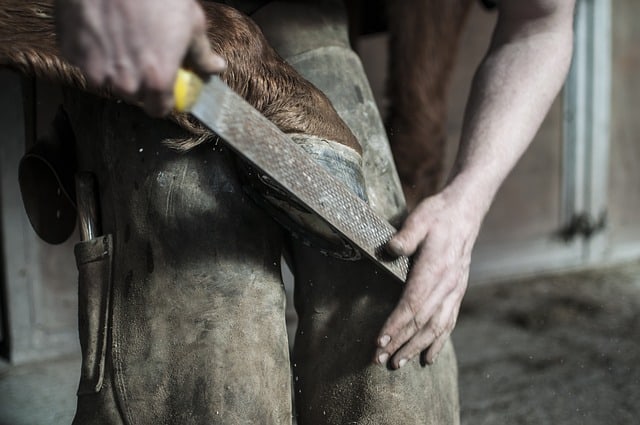
Regular trimming and shoeing by your farrier are very important when you are competing. A rule of thumb for a competition horse is every 4 weeks. This ensures that your horse’s feet are kept well balanced and maintained and that his toes don’t become too long, which will put unnecessary strain on his tendons during competition, especially if you are jumping or eventing.
3. Use Boots When Exercising & During Competition
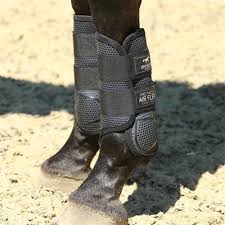
I always use boots when I am Exercising, even in the warm up at a dressage show, I will use protection on my horses legs. Prevention is better that cure, so it’s my advice to use some form of protection on your horses legs when he is being ridden. This is a must when you are jumping or going Cross Country, because if you horse strikes into himself when jumping, it could cost you, weeks or months of time off competition while your horse recovers.
I use light weight boots even when turning my horses out in the paddock, as I have some horses that get up to High Jinks when in the paddock. When they are booted up it reduces the risk of injury and time off work.
4. Don’t Under Estimate the power of Ice and or Cold Hosing.
If injury occurs, don’t underestimate the power of Ice or cold hosing. If I could only give one piece of advice on the care of your horse’s legs, cold hosing/icing would be it. Whether it be in the early stages of sprain or strain to a tendon, icing and or cold hosing are your best friend.
Cold will reduce the local inflammation in the area, but the most important thing that cold does for the body is that it puts the horse’s body on alert. When the body feels that an area is cold, it begins to increase circulation to the deep tissues in a effort to warm the area up. So when cold hosing or icing, I recommend that you do so for no long than 15 minutes at a time, 3 times a day, allowing at least 1 hour between treatments. Cold is a fantastic, drug free way to initiate the healing response in your horse after a bang or a tendon injury, so hosing or icing should always form part of the treatment plan.
5. Cuts, Abrasions and Puncture Wounds.
If your horse strike’s into himself, you may have to deal with cut abrasions, while puncture wounds can occur in the field or cross country.
First thing to do is to assess the damage, for major cuts or puncture wounds you will need to call your vet, as the animal may require stitches and or a Tetanus Booster.
For minor cuts, I always start with a cold hose to wash off the area and assess the damage. I then, cleanse the area with clean cotton wool, boiled, cooled water with a good dessert spoon of table salt and few drops of tea tree oil.
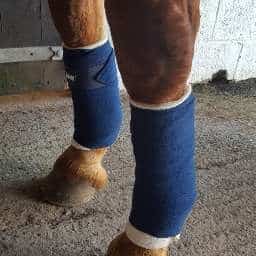
Salt is nature’s natural cleanser and Tea Tree Oil has natural antibiotic qualities, which is great for keeping infection to a minimum.
Once the area is clean I will apply an Animal Intex Poultice to the cut, to make sure I draw out any dirt or infection. I then apply a stable bandage over poultice on the affected leg, and also the opposite leg for support. However, if the horse has been competing I will stable bandage all 4 legs, to give the horse some extra support following competition. If the ground was hard or the horse sustained the cut while going cross country, I will apply Clay to the other 3 legs and then stable bandage all round.
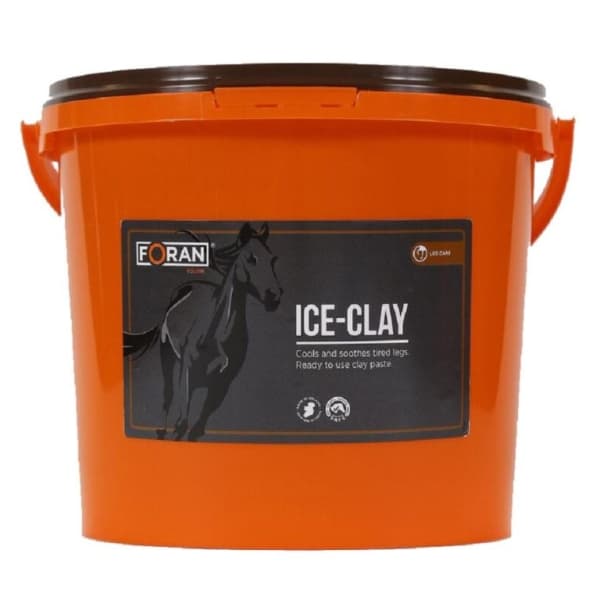
6. Use Clay after Hard Ground, or Cross Country.
As I have previously said prevention is better than cure, so if your horse has had a hard day of competition i.e. showjumping, eventing etc, finish off the day by applying Clay to all four of his legs.
Clay is used to reduce stress and heat in your horse’s legs after a hard day of competing.
What you will need for Clay Application; A bucket of cold water and a sponge. 4 pieces of Brown Paper, moistened, 4 Stable bandages plus Fibregee/Gamgee.
- If the legs are dry use a bucket of cold water and a sponge to damp the legs to apply the clay. I usually like to have the bucket on hand, as it can be a bit of a messy job.
- Apply a thick coat of the clay to all 4 of the horse’s legs.
- Wrap the moistened brown paper around each leg.
- Finish by stable bandaging each leg.
The clay is washed off the next morning and the horse should be trotted up to make sure they are comfortable and sound.
If there is any heat or swelling remaining, the procedure should be repeated, and the horse should be put on light exercise until his legs return to normal. As I always say prevention is better than cure, so it’s important to know your horse’s legs so that you will be alerted at the first sign of trouble.
This Article was originally published in our July 2019 Edition of Irish Sport Horse Magazine.
